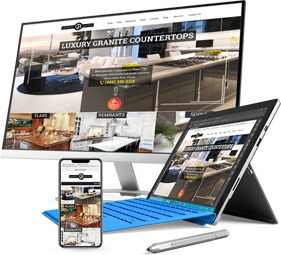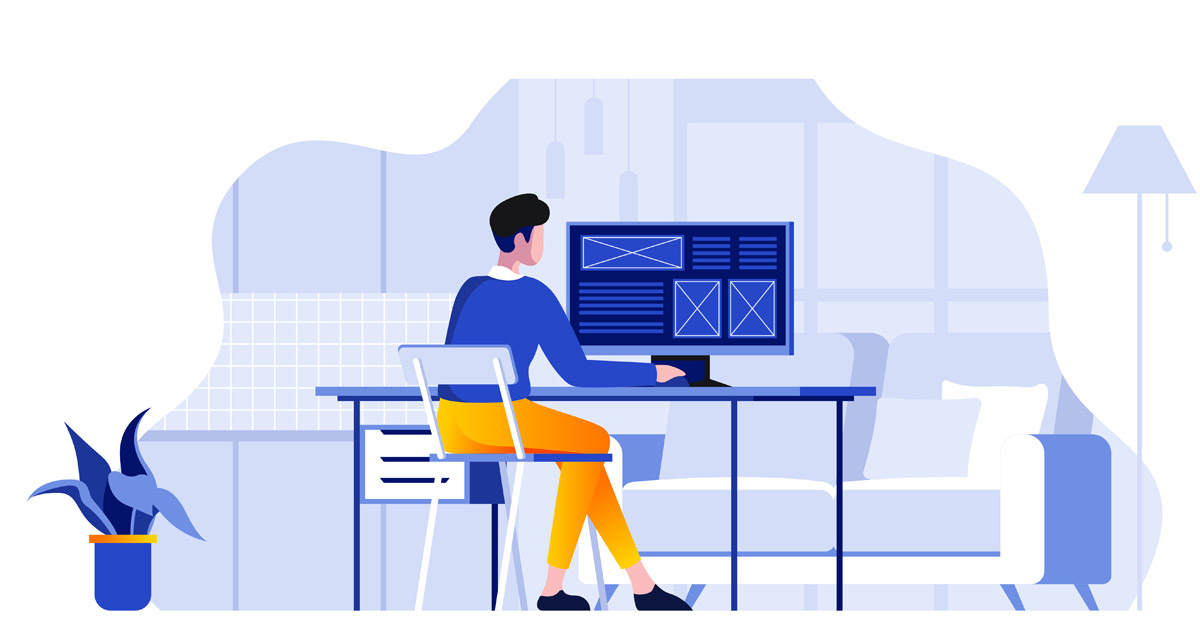An Introduction
Before start talking about website design, it’s better to have a basic idea on it. Web design is the process of creating web pages from scratch in either a Notepad or like framework WordPress. Web design also involves graphic design, creating high-quality contents, blog management, well web structure and a plethora of other forms of web page-related designs and concepts. However, some of these concepts are easy and others are more advanced. Usually, when a beginner masters the basic design concepts, then, they move on to the more advanced techniques and languages.
Some online users feel that HTML, CSS and WYSIWYG are all they need to learn, as its easy for them and they feel comfortable designing with it, so, they stick with those aspects to keep them alive on the internet. Others, however, do move on to the more advanced programming codes and concepts to make even better websites for themselves and for others.
Beginning Level
Beginning web design concepts include learning the HTML and CSS – the primary language for home pages on the internet – mark-up language and learning how to use a WYSIWYG editor to make your first set of web pages. For the most part, web users take up web design when they want to make a name for themselves on the internet; most beginners start out by using a WYSIWYG program and from there begin to pick up HTML and CSS.
HTML and CSS are relatively simple, but with any new “language,” it’s important to practice it when you can. Most WYSIWYG editors allow for the editing of the HTML mark-up because in most cases, a user will have to toy with the HTML at some point when designing their web sites either to insert code from other web sites – such as inserting a visitor counter code – and this will involve a bit of understanding of the coding behind the page they are creating. Tutorials for HTML can be found all over the internet by using a search engine.
Advanced Level
Advanced web design begins with such concepts as PHP, Perl, Python, JavaScript and many other types of programming languages. PHP and Python have just begun to take over the web and will soon, as estimated by researchers, will be the primary language of the world wide web within a few years. Most of these languages are all open source and change, which means they are versatile, whereas HTML is set in stone, so to speak.
So, for advanced websites, many utilize these languages to create an interactive environment that not only draws visitors it, but in combination with updates, keeps them coming back. Only users comfortable with their computers and the basics of designing web pages should go on and try to learn these advanced languages; many can be taught by online tutorials but many are also learn-as-you-go types of languages.
It takes time, dedication and a little bit of patience to become an advanced web designer but with determination and the will to learn anyone can be programming with advanced languages in no time.










One Response
Like!! Thank you for publishing this awesome article.